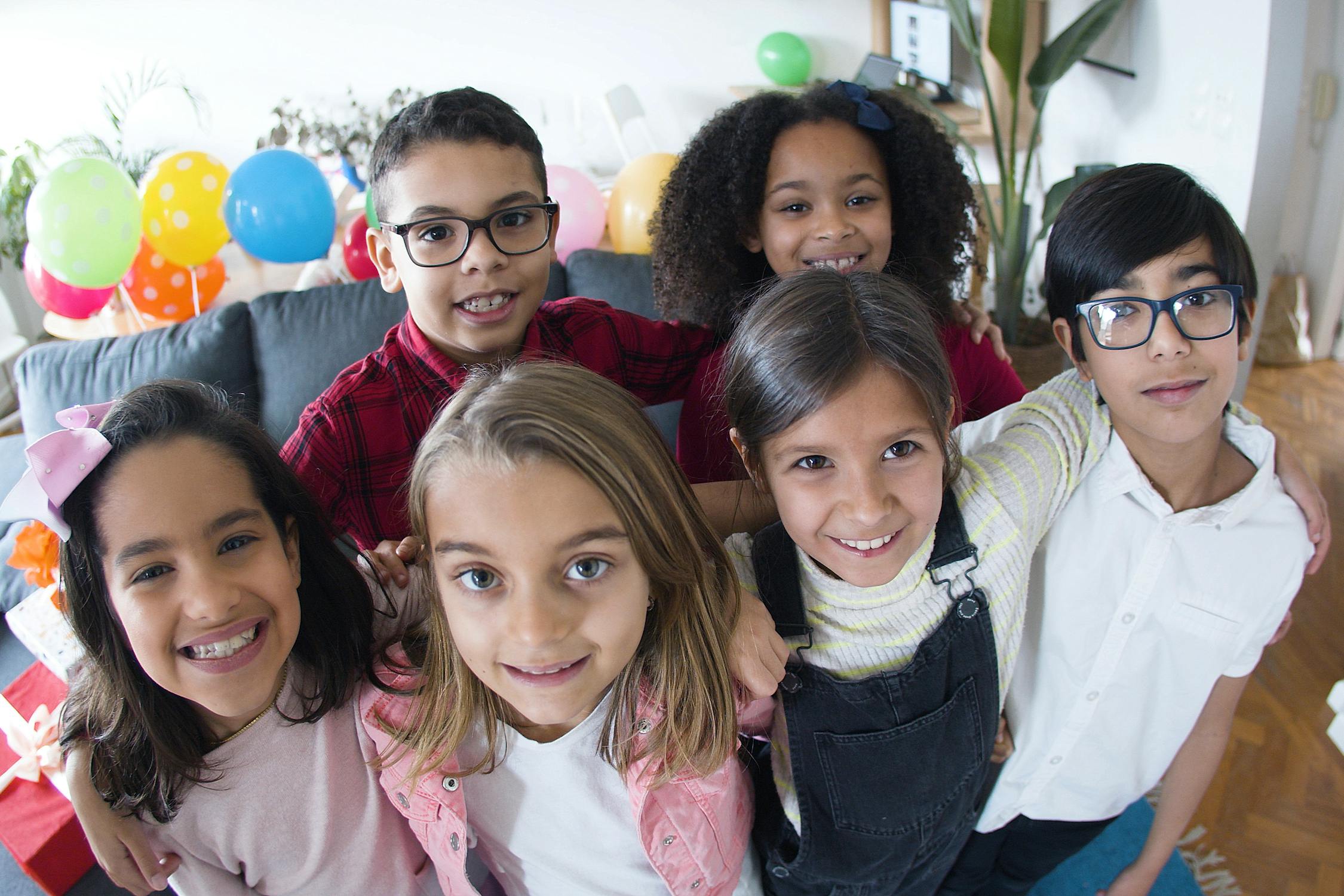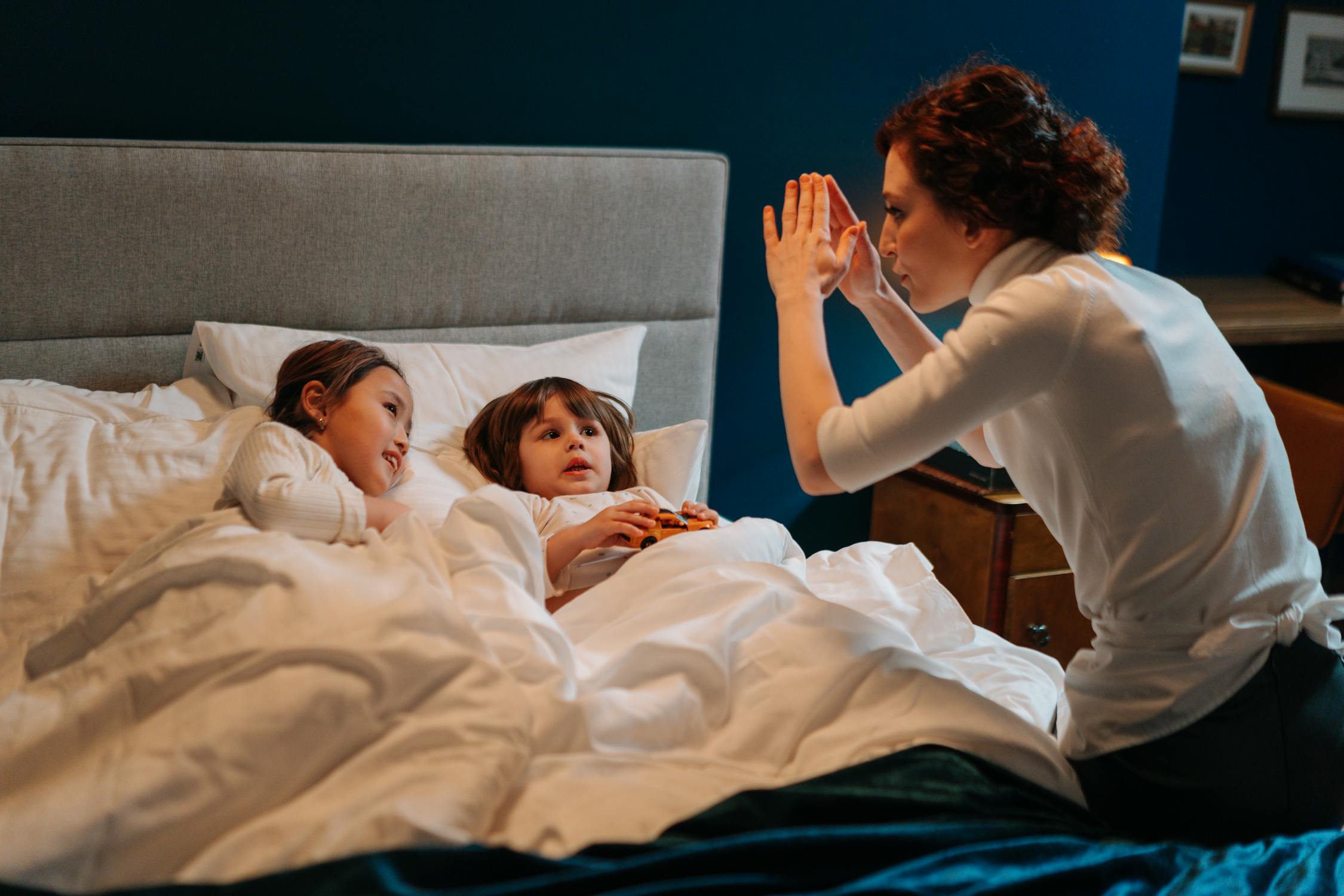Chatterbox Srl | Via Tempio 15 (front office via Tempio 27)
09127 - Cagliari (CA)
+39 070 773 8269
Mon - Thu 8am/12.30pm - 1/4.30pm Fri 8am/12.30pm - 1/3.30pm

"What is done cannot be undone, but one can prevent it happening again." - Anne Frank
Although the theme of the Holocaust is difficult to deal with, it is important to help children understand history and the world around them even in its sad aspects, encouraging them to build a better future in which what happened won’t happen again.
Explaining the Day of Remembrance to children is, therefore, a sort of moral duty for us as adults and it is important that the school and the family join forces to educate the new generations to sensitivity and respect for every human being, teaching them to recognize injustices through this kind of topics. In this way, personal reflection and the development of critical thinking will also be stimulated in them.

Let's not forget that our children are exposed every day to a variety of news through television and the Internet anyway and absorb what they hear like sponges. Precisely for this reason, we must not make the mistake of leaving them alone while processing that information, with the complex emotions that it causes, but we should introduce the topic in the first place with adequate filtering, guiding children on a path of understanding that is appropriate for their age and level of development.

Within our school context, this theme is included in a larger project on the matter of citizenship and social studies, mutual respect and the acceptance of diversity that lasts all year round. Therefore, even if the Year 1 and 2 pupils are still too young to fully understand the gravity of what happened, they can begin to metabolize the question if the teacher or the parent relates it to the little everyday world of the child, introducing the concept of discrimination and its effects.

Ready-made mediatated materials created by experts, offered by libraries, museums and available online help us a lot to do that; they must, however, be chosen with care. In fact, as already explained by Dr. Francesca Cadeddu in her article on the choice of scary Halloween-themed films for children, trusting the material just because of its format, for example a cartoon, is not recommended, as "even the cartoons found on the various platforms may present unsuitable content". It is always wise to view the material in advance before submitting it to our children, taking into account the emotional maturity of the individual child, which could be, for many reasons, different from that of the peer group of reference.

A generic filtered story told from the point of view of a child, which may tell of "adventurous escapes" or "a shelter to hide in", without specific and distressing anecdotes and oriented to a positive language (which focuses, for example, on the victories of the survivors), which is related to everyday life through a simple comparison with situations that occur at school or between friends depending on age, is the best solution. A comparison can therefore be made with a friend who comes from a family with economic difficulties or another classmate from another country, who does not yet know the language and culture and so on. The theme of diversity acceptance, central to our school education, really offers many ideas for comparison.

The character of Anne Frank, for example, used in many approaches to the subject in schools from primary to upper secondary, is an excellent model for introducing the topic. Even Lia Levi’s stories, which have children as protagonists, proved to be a good way to involve the little ones and provide models which the children can identify themselves with and understand the story (always under the guidance of an adult).
The next step will be to let the children flood us with questions and freely express their thoughts, so that we can reassure them about the aspects that confuse them most and guide them into forming a personal opinion for themselves.

We hope these tips were useful!
Do not hesitate to contact us anytime if you need further information or advice on the subject.
Sources:
Photos from Pexels (Max Vakhtbovych, Tatiana Syrikova, Ketut Subiyanto, Kampus Production, Tima Miroshnichen, cottonbro)